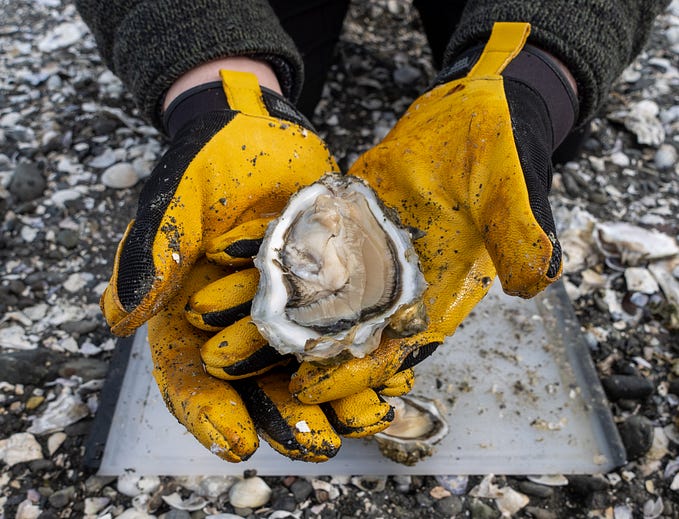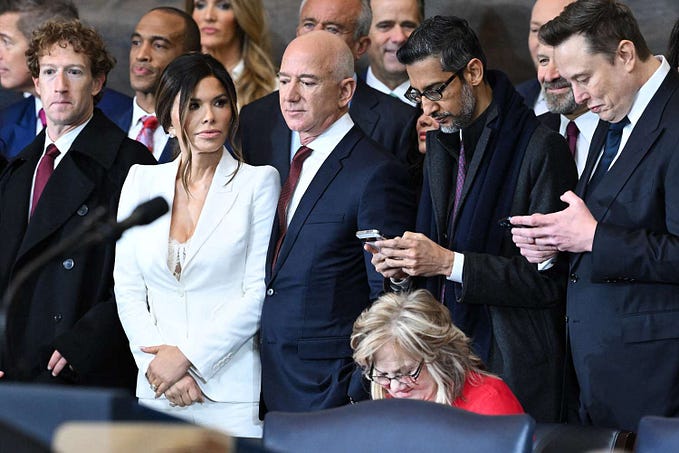Dungeness crab megalopae traps shine a light on future harvest opportunities

Only about the size of pinkie fingernails now, larval Dungeness crabs could help predict the future of the commercial fishery.
There’s a lot riding on the baby crustaceans. Dungeness crabs support Washington’s most valuable commercial fishery. The value of state landings for the 2022–23 coastal commercial Dungeness crab season was $64.6 million; in Puget Sound, it was $14.4 million for the 2023–24 season.
These tasty crabs are also prized by recreational crabbers. Recreational crab fishing is open year-round on the coast, and typically in summer and early-winter in much of Puget Sound. Season dates and regulations vary by area.
A study by University of Oregon Professor Emeritus Alan Shanks showed the number of larval crabs could help predict the commercial landings of adult crabs four years later. Now, the Washington Department of Fish and Wildlife (WDFW) has joined the Pacific Northwest Crab Research Group (PCRG) in determining whether that model could apply to Washington.

“The coastal commercial Dungeness crab fishery is a derby fishery, so once we open, the vast majority of the crabbing effort is within the first two months,” said WDFW Coastal Shellfish Manager Matthew George. “If we have data sources that predict how the crab populations are looking and how many crabs are of legal size, that will help us to implement meaningful management actions.”
This summer, WDFW set light traps in Westport, Tokeland, and Mukilteo to catch Dungeness crab megalopae. The megalopal stage is the largest and final planktonic stage before larvae molt into crabs and settle on the sea floor.
In spring through summer, Dungeness crab megalopae return to nearshore areas and enter the instar, or juvenile, stage. They grow to harvestable size in about four or five years, which is how long WDFW needs to trap to start seeing correlations between larval and adult crab populations.
The trap consists of a water cooler bottle topped with a bucket. Inside the bucket is a timer by which a light in the bottle turns on at night and off in the morning. Megalopae, which are attracted to light, enter the trap by swimming through funnels cut into the sides of the water bottle.
WDFW biologists and scientific technicians set the Westport and Tokeland traps in mid-March and counted megalopae daily before pulling the traps in early August. The Westport trap caught 20,246 Dungeness megalopae last year, compared to only 1,054 this year. WDFW added the Tokeland trap this year, capturing 17,792 Dungeness megalopae at that site.

Charlotte Berry-Powell, coastal recreational crab monitoring program manager, said she was surprised by the drastic change in Westport captures but doesn’t yet have an explanation.
“We honed our sampling technique this year compared to last and had few mechanical issues,” she said, adding that she’ll be interested to see patterns over the next few years.
The WDFW Puget Sound shellfish unit’s crustacean team set a light trap in Mukilteo this year for the first time, starting in mid-April and ending in late July after checking daily to every other day. The trap captured 3,380 Dungeness megalopae. Scientific technician Amy Pumputis said the team may later add another location.
Biologists and scientific technicians also count Dungeness instars and add those to the megalopae numbers. The Westport trap caught 2,103 Dungeness instars last year and 45 this year. The Tokeland and Mukilteo traps captured 846 and 129, respectively, this year.
“When we catch instars, we assume they went in as megalopae, and then molted while in the trap,” Pumputis said. “Otherwise, we wouldn’t expect instars to be able to get into our traps because they don’t swim.”

WDFW submits light trap data to the PCRG, which includes tribal, state, and federal governments; nonprofits; and academic institutions.
“Some sites in the PCRG network are on the other side of perceived barriers to larval exchange, such as the Tacoma Narrows or the Hood Canal Bridge,” said Puget Sound crustacean biologist Don Velasquez. “We can look at larval counts south of those sites to see if they’re the same as in areas to the north, like Cornet Bay or Mukilteo.”
Pumputis added that the team deployed a surface water temperature monitor nearby to see if any correlations exist between surface water temperature and larval crab abundance.
This year, WDFW also submitted plankton samples collected from the Westport and Tokeland light traps to the U.S. Geological Survey Western Fisheries Research Center in Seattle. Researchers there will extract environmental DNA, or eDNA, from the samples to determine whether invasive European green crabs have recently been in the area. Marine organisms shed DNA fragments, which can remain in seawater for seven to 21 days, and researchers can identify which species shed the eDNA if that species is in their database.

It turns out many other species are attracted to the light traps, which have captured larvae and juveniles from a wide variety of species including other crabs, gunnels, shrimp, pink salmon, bottomfish, and even a tiny baby octopus.
“Everything we catch gets released, but we do record data on what other species are being trapped,” George said. “Information about the abundance of marine organisms could be beneficial down the line to researchers who want to track local biodiversity and when other larval species are most active in that area.”
For more on WDFW’s commercial Dungeness crab fishery management, visit wdfw.wa.gov/fishing/commercial/crab.
The Washington Department of Fish and Wildlife works to preserve, protect, and perpetuate fish, wildlife, and ecosystems while providing sustainable fish and wildlife recreational and commercial opportunities.









